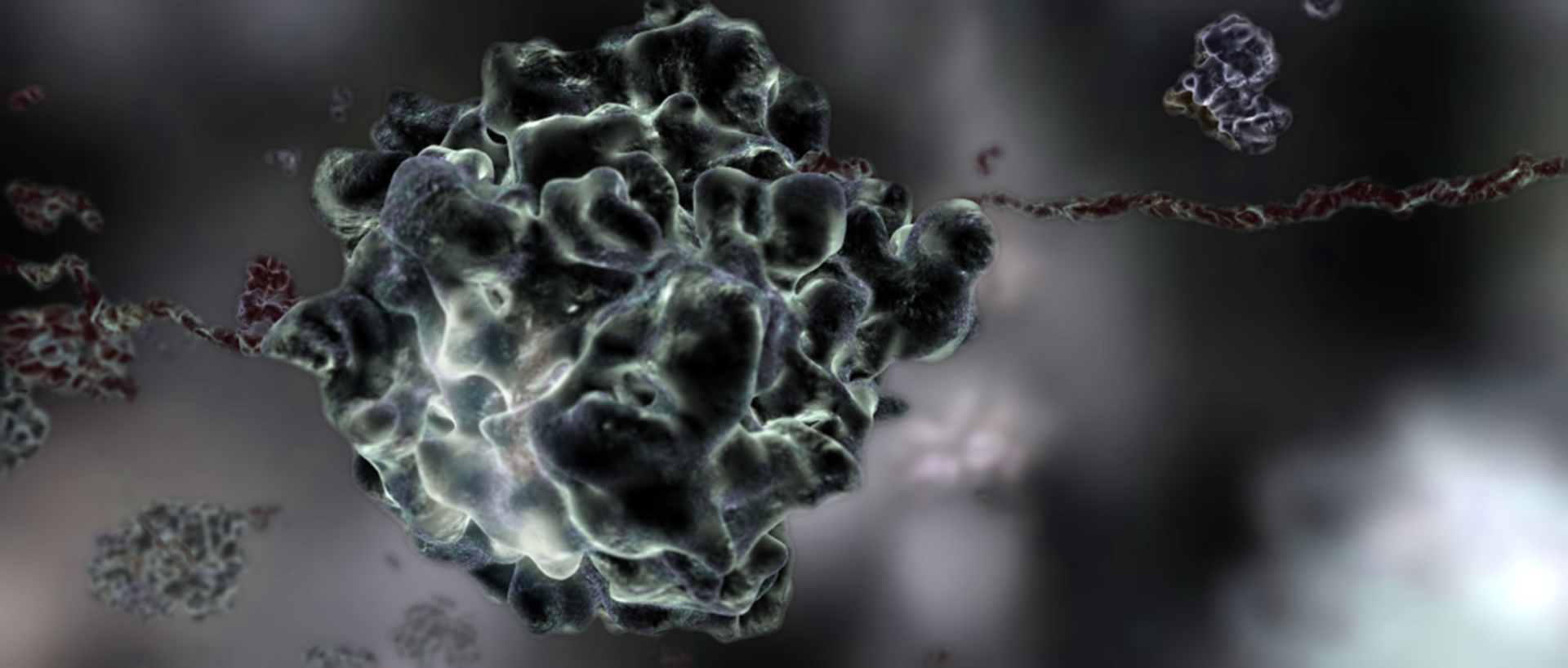“Manufacturing Proteins with Biomolecular Machines” by Computational Visualization Center (CVC)
Notice: Pod Template PHP code has been deprecated, please use WP Templates instead of embedding PHP. has been deprecated since Pods version 2.3 with no alternative available. in /data/siggraph/websites/history/wp-content/plugins/pods/includes/general.php on line 518
Conference:
- SIGGRAPH 2005 More animation videos from SIGGRAPH 2005:
Notice: Array to string conversion in /data/siggraph/websites/history/wp-content/plugins/siggraph-archive-plugin/src/next_previous/source.php on line 345

Notice: Array to string conversion in /data/siggraph/websites/history/wp-content/plugins/siggraph-archive-plugin/src/next_previous/source.php on line 345

SIGGRAPH Video Review:
Track:
- 11
Title:
- Manufacturing Proteins with Biomolecular Machines
Length:
- 5:11
Company / Institution / Agency:
- Computational Visualization Center (CVC)
Description:
All proteins in all cellular organisms arise through the process of translation. In this process, ribosomes (massive molecular machines) convert excerpts of the genetic code (mRNAs) into peptide chains that are subsequently folded into functionally active proteins respon-sible for executing a wide array of tasks. Past and present research has partially elucidated the complex structure and choreagraphy of the ribosome during translation. We attempt to create a biologically illuminating and visually attractive animation that incorporates current understanding of the protein synthesis process. Using e. Coli as our model, we highlight the specific nucleotides and amino acids that participate in or catalyze particular biochemical reactions.
Hardware:
2 Macintosh G5s with 2 GB RAM and a Linux cluster of five machines with 1 GHz processors and 1 GB RAM
Software:
Alias Maya, Adobe After Effects
Additional Contributors:
Principal Investigator and Scientific Coordinator: Chandrajit Bajaj
Visual Effects Supervisor: Rick Hankins
Storyboard and Direction: Rick Hankins, Katherine Clarridge
Animation and Compositing: Rick Hankins, Katherine Clarridge
Voice Narration: Katherine Clarridge
University of Texas-CVC Software Development Team: Vinay Siddvanahalli, Bong-Soo Sohn, John Wiggins
Special Thanks: Jason Sun, Erin Macrorie, Jung Lee, Robin Gutell, Clarence Chan, University of Texas at Austin
Azam Khan – Alias Systems Corporation
Karan Singh – University of Toronto
Stephen Sherman
Protein Data Bank – http://www.rcsb.org/pdb/Scientists whose published work on the ribosome we could not have done this without.
Susanne Kraft, Jeremy Gruy
Radio Television and Film Department, University of Texas at Austin
Supported in part by grants from National Science Foundation National Institutes of Health Alias Systems Corporation




